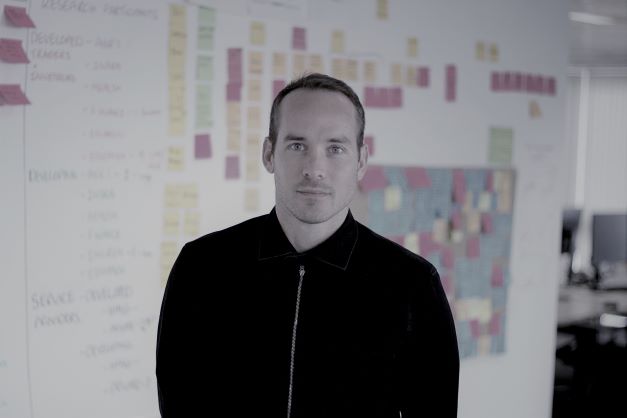As is so often the case in business and in life, the destination is clear but the journey less so.
Equity, diversity, and inclusion is a place we all need to be – it powers the innovation which drives the growth that delivers the change. This is not just opinion, it’s fact – studies such as the Wall Street Journal’s on diversity and inclusion among S&P 500 companies have clearly demonstrated a strong link between diversity and inclusion and innovative solutions. If you want to succeed, you need to put ED&I at the heart of your business strategy.
How do you get there?
For me, it’s all about partnership and transparency. If you want to build a fair, equal, and inclusive workplace, it’s critical that employers within both the private and public sector are not only committed to ED&I initiatives, but willing to track and report progress, sharing data on gender, pay, and recruitment with openness and transparency.

With this mind, we teamed up with Dods Research to survey the attitudes and intent within public sector Digital, Data and Technology (DDaT) teams. How do they think we’re doing? Where are we doing well? And more importantly, where can we do better? My executive summary would be that we’re making positive progress but at the same time we’ve got a very long way to go and if we’re going to better represent the people we serve, now is the time for the public and private sector to step up our collaboration on ED&I.
It’s encouraging that our survey highlighted “commitment to ED&I” as the fourth most important factor (67 percent) when reviewing or selecting a new supplier, ahead of both reputation and range of products/services. But at the same time, the research also showed that barriers remain with a worryingly high 74 percent citing unconscious bias, 43 percent highlighting “conforming to sector/job role stereotypes” and 30 percent quoting a lack of diversity in the market (respondents were invited to nominate their top three barriers).
If you liked this content…
Building ED&I into delivery
In 2022 it’s time to break through these barriers and build ED&I into delivery. But that’s easier said than done as our research demonstrates – the leadership and intent is positive, but the more difficult the ambition becomes, the more the metrics start to fall away. So, whilst 92 percent of respondents said their organisation had an ED&I strategy in place and 84 percent said their organisation collected data on ED&I, these levels dropped to 65 percent when asked about publishing its ED&I strategy and 45 percent when asked specifically about the Digital, Data and Technology function. Perhaps most concerning is the fact that only 43 percent felt that gender balance, diversity, and inclusion within the DDaT function was “very important”. Almost one in five (19 percent) were neutral on this issue.
Our challenge is to get beyond these barriers and move Social Value up the priority list. We need more transparency, and we need to set more common standards within government. The Social Value model is an important step in the right direction, but it needs to be much more than just ticking a box – we need to make it absolutely crystal clear that if you want to work with government you need to walk the walk as well as talk the talk when it comes to your ED&I strategy.
Searching for talent
It’s also important to remember that the public and private sector are both searching for the same talent – if we want to ensure that we’re not competing against each other we need to find more innovative ways of working together that support our ED&I objectives.
A better future

Before joining Hitachi, I spent over ten years in Civil Service digital, data and tech teams creating products, campaigns and services for citizens and businesses. Having been on both sides of the public and private sector fence, I can see the huge potential for us to collaborate better and am excited for the possibilities ahead of us. If the private sector can provide the right support where the government most needs it – data, cyber, AI, fraud, and error – then we have a great opportunity to build a better future rooted in a solid bedrock of ED&I. Let’s grab it with both hands.







